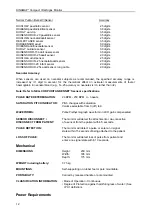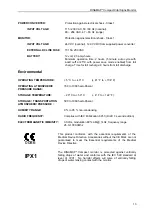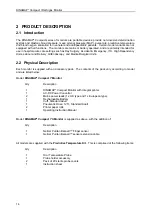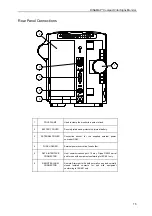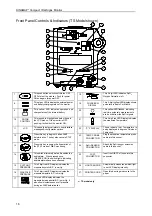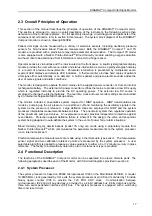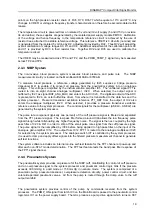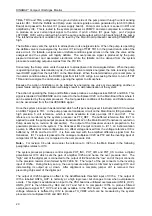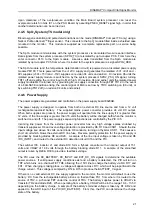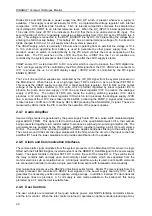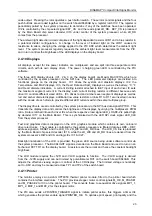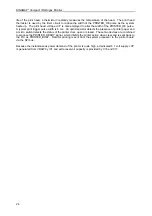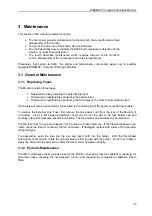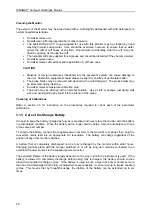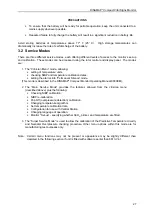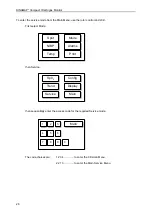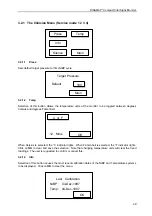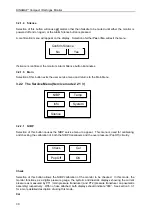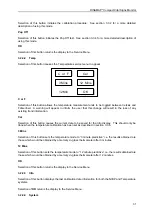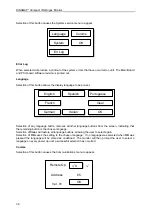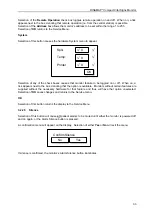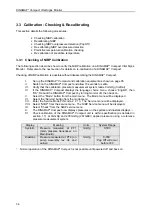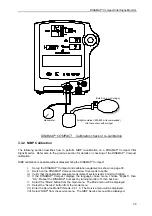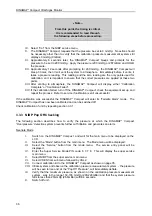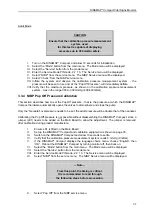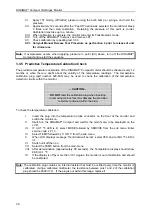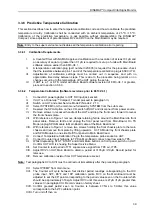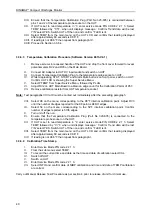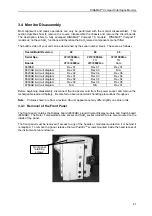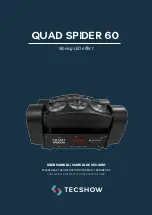
DINAMAP*
Compact
Vital Signs Monitor
26
Cleaning the Monitor
The exterior of the Monitor may be wiped clean with a cloth slightly dampened with mild detergents or
normal hospital bactericides.
•
Do
not
immerse unit.
•
Do
not
clean with isopropyl alcohol or other solvents.
•
The adult DURA-CUFF* range supplied for use with this Monitor may be cleaned by hand
washing in warm soapy water. Care should be exercised, however, to ensure that no water
enters the cuff or cuff hoses at any time. Should water accidentally enter the cuff it may be
dried by passing air through the cuff.
•
The neonatal cuffs are supplied for single use and should be discarded if they become soiled.
•
Do
not
immerse hoses.
•
Do
not
immerse cuffs without prior application of cuff hose caps.
CAUTION
•
Moisture or foreign substances introduced into the pneumatic system can cause damage to
the unit. Calibration equipment should always be kept dry and free of particulate matter.
•
The probe holder may be removed and cleaned with a mild detergent. The probe holder may
be immersed during cleaning.
•
Do
not
immerse temperature calibration plug.
•
The probe may be cleaned with an alcohol solution. Use a cloth or sponge, just damp,
not
wet, and avoid getting any liquid into the interior of the probe.
Checking of Calibrations
Refer to section 3.3 for instruction on the procedures required to check each of the parameter
calibrations.
3.1.3 Care of the Storage Battery
It is best to keep the battery charged as fully as is practical and never store the monitor with the battery
in a discharged condition. When the battery will no longer hold a charge, remove and replace with one
of the same part number.
To charge the battery, connect the supplied power converter to the monitor's rear panel, then plug the
converter’s mains lead into an appropriate AC receptacle. The battery will charge regardless of the
position of any other monitor switches.
A battery that is completely discharged can be fully recharged by the monitor within eight hours.
Charging will take place with the monitor switched on or off, as long as it remains connected to an
external AC power source via the supplied power converter.
The expected lifetime of the battery largely depends on the way in which the instrument is used. If the
battery is allowed to completely discharge before being fully recharged, the battery should survive
around two hundred recharge cycles. If the battery is used in such a way that it never becomes more
than one third discharged and is fully recharged whenever possible, it can survive up to twelve hundred
cycles. This means that by thoughtful usage, the lifetime of the battery can be extended up to six
times.

